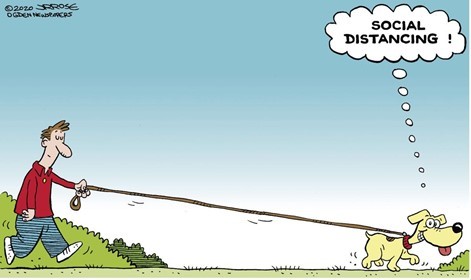The De-accession phenomenon
This has had a dramatic effect on buyer behaviour, whether B2C or B2B. Government-imposed lockdowns, self-isolation, fear, closure of work places, offices and stores have temporarily shut off Customer access to products and services. Prof Deshpande and his colleagues call this “de-accession”, a phenomenon where potential supply and demand are intact but Customer isn’t able to buy. This drives Customers to operate on tighter budgets and become less willing and able to spend on purchases
How do you find Customers? And engage with them?
There are constraints you can’t change as they are external to business. All you can do is to adapt. So, in this ‘new abnormal’, how do you find Customers? How will you engage with them?
Understand Customer’s new Covid induced problems
The first step in cracking de-accession challenge is to research and understand Customers’ new problems caused by fear, isolation, physical distancing, and financial constraints, and then structure your offerings to meet these new unmet wants and needs.
To adapt to Customer’s changed needs, take a hard look at where your firm is right now
Deshpande and his colleagues point out that the speed with which businesses have to adapt to the new “directional reality” of changed Customer needs would depend on where your firm is right now. This would differ from industry to industry.
For example, industries experiencing decreasing Customer demand, like “offline entertainment, hospitality, real estate, industrial commodities, and suppliers to these industries” need to adapt rapidly to improve their chances of staying afloat.
Industries with increasing Customer demand such as “grocery stores, online entertainment, teleconference providers, and their suppliers” can adjust to the new directional reality at a slower pace. But they would also have to come to terms with the altered Customer needs to be able to grow in the long term.
How to craft a minimally viable strategy to find Customers and engage with them
Regardless of whether demand is growing or decreasing all businesses should ask themselves – “What should be my minimally viable strategy to get through these unprecedented times?”
The HBS faculty answers this question with a modified version of the famous Ansoff 2X2 matrix as below:















